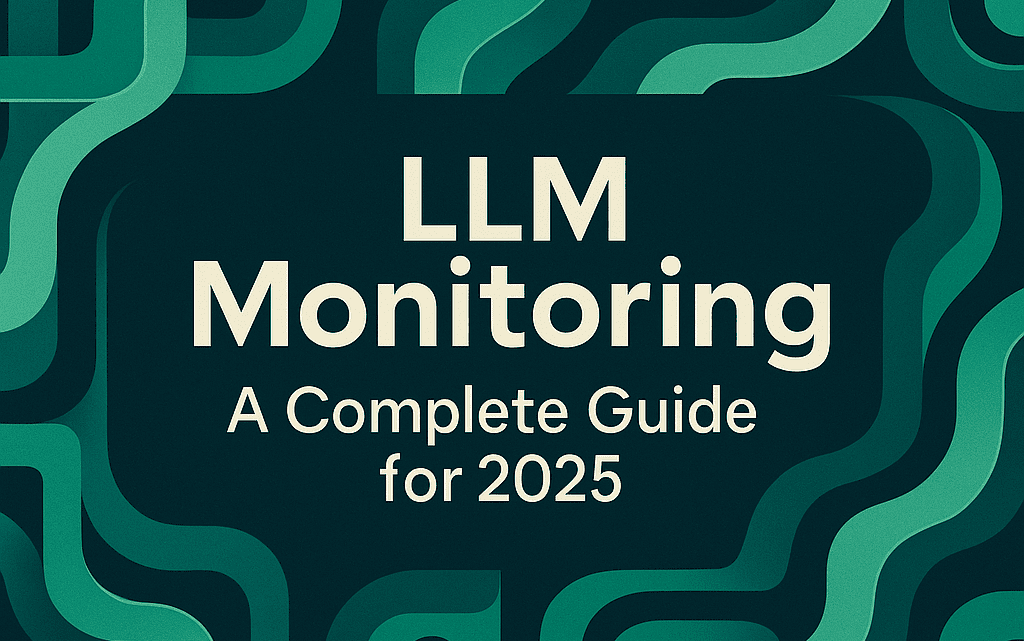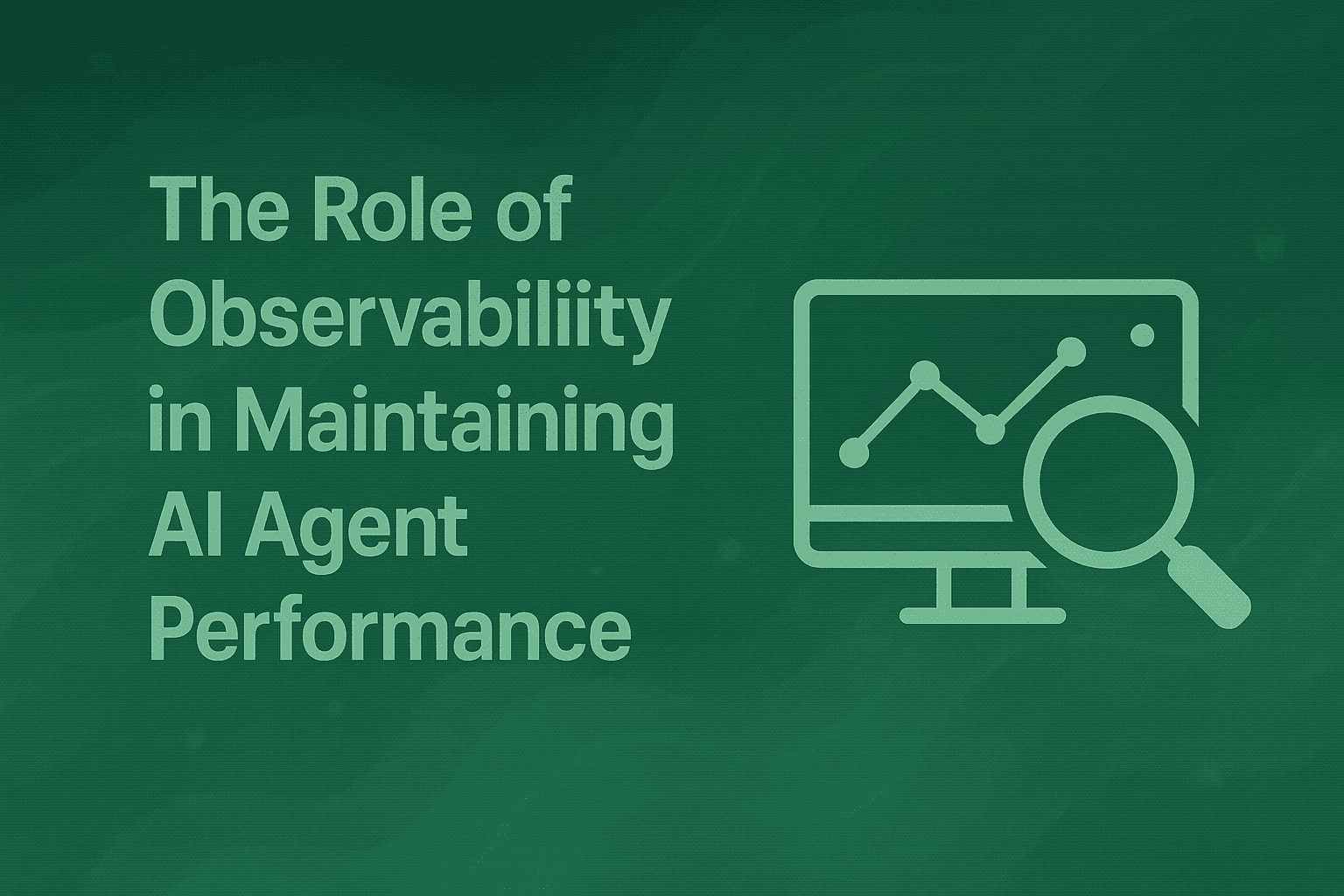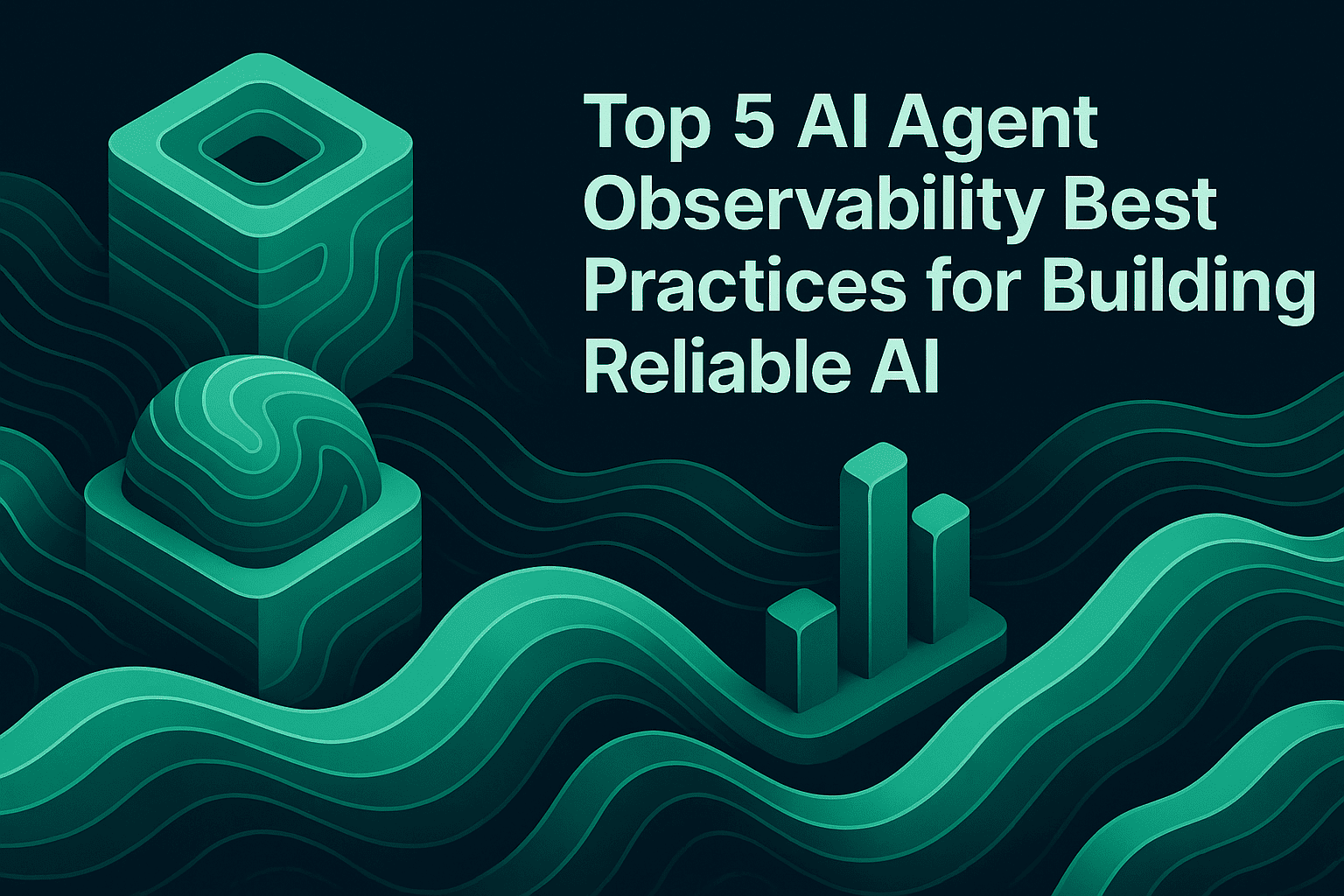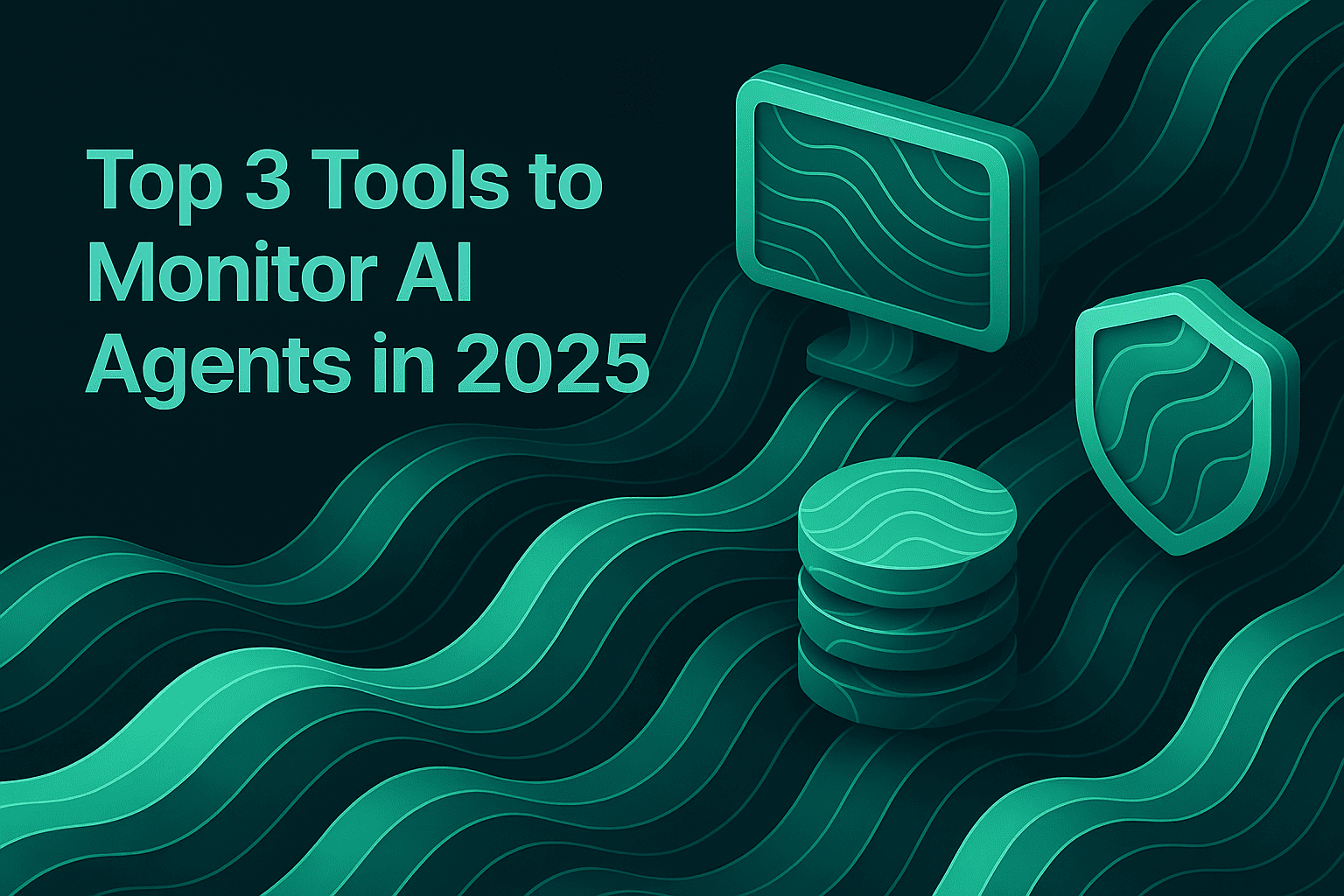LLM Monitoring : A complete guide for 2025

TLDR
LLM monitoring is the discipline of observing AI systems end-to-end covering prompts, parameters, tool calls, retrievals, outputs, cost, and latency to overcome the limits of traditional Application Programming Monitoring (APM) in non-deterministic, multi-step agent workflows. The guide outlines core risks (hallucination, prompt injection, response variance, and cost-performance tradeoffs) and shows how granular distributed tracing, automated evaluations, drift detection, alerts, dashboards, and OTLP integrations deliver faster diagnosis, explainability, and cost control. It highlights Maxim AI’s platform tracing, real-time alerts, dashboards, evals, simulation, data curation, and forwarding to existing observability stacks and recommends instrumenting early, enforcing evaluator-driven quality gates, and building saved views with alerts to scale AI agents safely and reliably.
What is LLM Monitoring?
LLM monitoring refers to the ability to gain full visibility into all layers of an LLM-based software system including application logic, prompts, and model outputs. Traditional monitoring often fails with LLMs because it lacks visibility into token usage, struggles with mixed structured/unstructured data, and cannot trace reasoning or tool calls in complex chains. See the Tracing Overview for a detailed breakdown of these limits and the architectural approach needed for LLM observability.
LLM systems introduce non-deterministic outputs, rapidly changing prompts, and branching tool-augmented flows. Troubleshooting is time-consuming without granular monitoring across traces, spans, generations, retrievals, and tool calls. Purpose-built monitoring helps teams detect failures early, explain outcomes, and continuously improve quality with data-driven insights.
Challenges with LLM Applications
- Hallucination and grounding
- LLMs may produce confidently produce incorrect and halucinated outputs. Teams need evaluators, user feedback, and retrieval logging to assess faithfulness and context usage.
- Performance and cost
- Token usage, latency, and provider/model choices drive runtime cost and responsiveness. Monitoring must capture per-trace cost and usage and aggregate trends over time.
- Prompt injection and jailbreaks
- Malicious inputs can steer models off-policy, extract secrets, or bypass guardrails. Monitoring requires input auditing, event logging, and alerting tied to security signals. Read the full analysis and mitigation guidelines in the prompt injection blog Maxim AI.
- Response variance and non-determinism
- Temperature, sampling methods, and context differences introduce variance. Monitoring should capture parameters, versions, and environment metadata to debug regressions efficiently.
Benefits of LLM Monitoring
- Faster diagnosis
- Distributed tracing and node-level visibility reduce time-to-resolution by tying user prompts to completions, tool results, and retrievals within a single trace.
- Better explainability
- Structured logs for prompts, model parameters, retrieved context, and tool calls clarify why an output occurred, improving trust and enabling root cause analysis.
- Efficient cost management
- Token usage and cost per trace monitoring, combined with dashboards and exports, enable optimization across models, prompts, and workflows.
Key Characteristics of a Good LLM Monitoring Tool
- Granular distributed tracing
- End-to-end visibility across sessions, traces, spans, generations, retrievals, tool calls, events, and errors. This provides complete lineage across complex agentic workflows
- Quality metrics and evaluations
- Support automated quality checks, evaluator scores, and human-in-the-loop reviews to quantify regressions and improvements in production
- Drift detection and versioning context
- Capture metadata such as model versions, prompt variants, and environment details to identify behavioral drift over time( Metadata.)
- Alerts and dashboards
- Real-time thresholds on cost, latency, error rate, and evaluator scores with alerts, plus custom dashboards for operational insights.
- Root cause analysis across multi-step chains
- Tool call inputs/outputs, retrieval chunks, and events logged at each step enable targeted debugging of agent workflows .
- Scalability and interoperability
- OTLP ingestion, forwarding to data connectors, and compatibility with OpenTelemetry semantic conventions ensure enterprise-grade scalability and integration with existing observability stacks.
- Automated monitoring and reporting
- Saved views, and exports streamline governance, reporting, and continuous oversight for product and engineering teams.
- Multi-step and multimodal support
- Sessions with multiple traces, generation logging, attachments, and metadata capture enable comprehensive monitoring for chatbots, copilots, and voice agents.
LLM Monitoring with Maxim
Maxim AI delivers a full-stack platform for AI observability, evaluation, and simulation purpose-built for agentic LLM applications.
- Distributed tracing for AI workflows
- Instrument applications with SDKs in JS/TS, Python, Go, and Java. Log sessions, traces, spans, generations, retrievals, tool calls, events, feedback, and errors with structured APIs.
- Real-time monitoring and alerting
- Receive instant alerts via Slack and PagerDuty on critical metrics like cost per trace, token usage, and evaluator signals. (Tracing Overview)
- Custom dashboards and saved views
- Build dashboards to visualize trace counts, latency, token usage, and costs across repositories. Save common filters for rapid debugging and operational workflows ( Custom Logs Dashboards)
- Online evaluation and quality checks
- Monitor application performance with custom rules, automated reports, and threshold-based alerts to maintain ai quality in production.
- Data curation and exports
- Curate datasets from logs, export CSVs including evaluation metrics, and use attachments for richer context during audits and debugging.
- OTLP ingestion and forwarding
- Send OTLP traces directly to Maxim and forward normalized data to New Relic, Snowflake, or any OTLP collector. Maintain compatibility with OpenTelemetry semantic conventions for Generative AI.
- Integration with OpenAI Agents SDK
- Add tracing processors to agents for seamless logging of multi-agent workflows, guardrails, and handoffs in production environments.
Conclusion
LLM monitoring has become a foundational discipline for teams deploying AI agents at scale. Traditional Application Programming Monitoring (APM) is insufficient for multi-step, tool-augmented, non-deterministic systems. Robust monitoring requires granular distributed tracing, automated evaluations, real-time alerts, dashboards, and data curation. Maxim AI provides an end-to-end platform that unifies observability, simulation, and evaluation for reliable, scalable agent deployments, with OTLP interoperability and enterprise-ready integrations across Slack, PagerDuty, Snowflake, and OpenTelemetry collector.
Start instrumenting early, define evaluator-driven quality gates, and build saved views with alerts for the top risks in your domain. This is how engineering and product teams ensure trustworthy AI in production every day.
Sign up to monitor your LLM applications with enterprise-grade observability: Get a demo or Sign up.
Further Reading and Resources:
- A Practitioner’s Guide to Prompt Engineering in 2025
- How to Perform A/B Testing with Prompts: A Comprehensive Guide for AI Teams
- Prompt versioning and its best practices 2025
FAQs
- What is the difference between LLM monitoring and traditional Application Programming Monitoring (APM) ?
- LLM monitoring correlates prompts, parameters, tool calls, and retrievals with outputs. Traditional Application Programming Monitoring (APM) lacks visibility into LLM-specific metrics like token usage, quality signals, and multi-step reasoning chains Tracing Overview.
- How do I instrument my AI app for distributed tracing?
- Use Maxim SDKs to create sessions, traces, and spans; log generations, retrievals, tool calls, events, and errors. Follow the Quickstart in the Tracing via SDK sections for each component Traces, Spans, Generations, Retrieval, Tool Calls, Events, Errors.
- Can Maxim forward my traces to existing observability tools?
- Yes. Configure data connectors to forward normalized traces to New Relic, Snowflake, or any OTLP collector while retaining AI-specific insights in Maxim Forwarding via Data Connectors.
- How do I get alerts for cost or quality regressions?
- Set up alerts with thresholds for latency, token usage, evaluator scores, and error rates; deliver notifications via Slack or PagerDuty Set Up Alerts and Notifications, Create a Slack Integration, Create a PagerDuty Integration.
- Does Maxim support OTLP ingestion?
- Yes. Use the OTLP HTTP endpoint with required headers (repo ID and API key) and send traces aligned to OpenTelemetry semantic conventions for Generative AI Ingesting via OTLP Endpoint.
- How should I handle prompt injection risks?
- Combine guardrails, input validation, event logging, and alerts for suspicious behavior. Review methods and case analyses in the Maxim prompt injection guide Maxim AI.
- Can non-engineering teams participate in monitoring and evaluation?
Explore more about Maxim AI and its platform capabilities on the documentation site Tracing Overview and the security-focused analysis of adversarial prompts Maxim AI.


